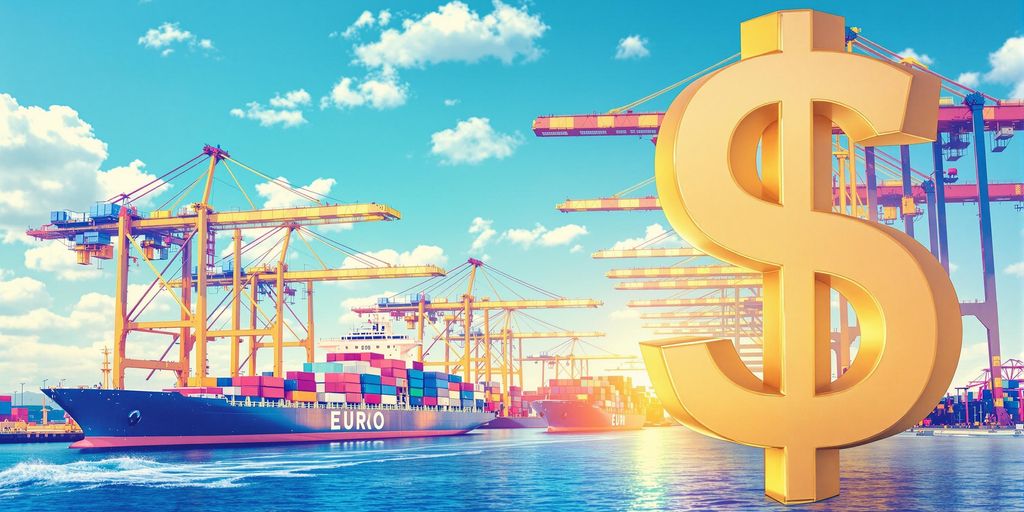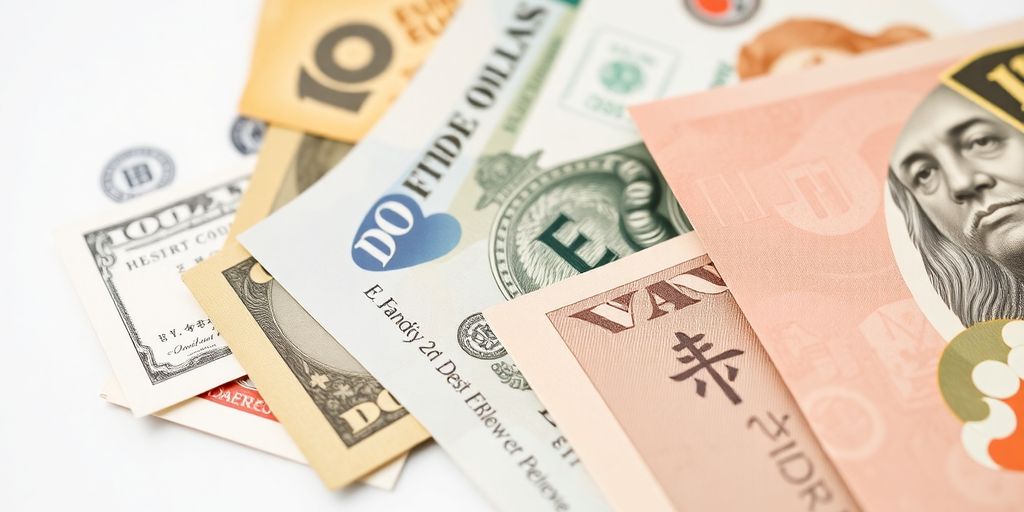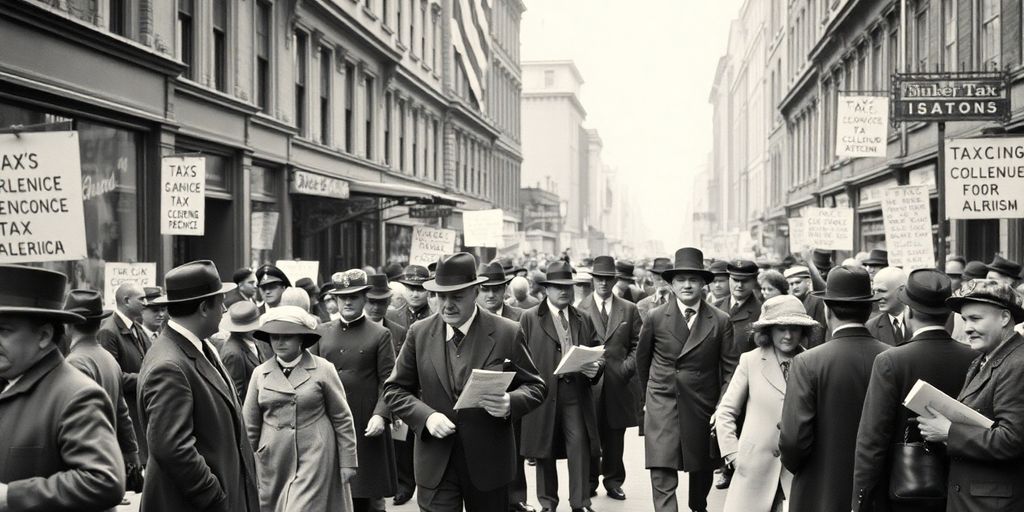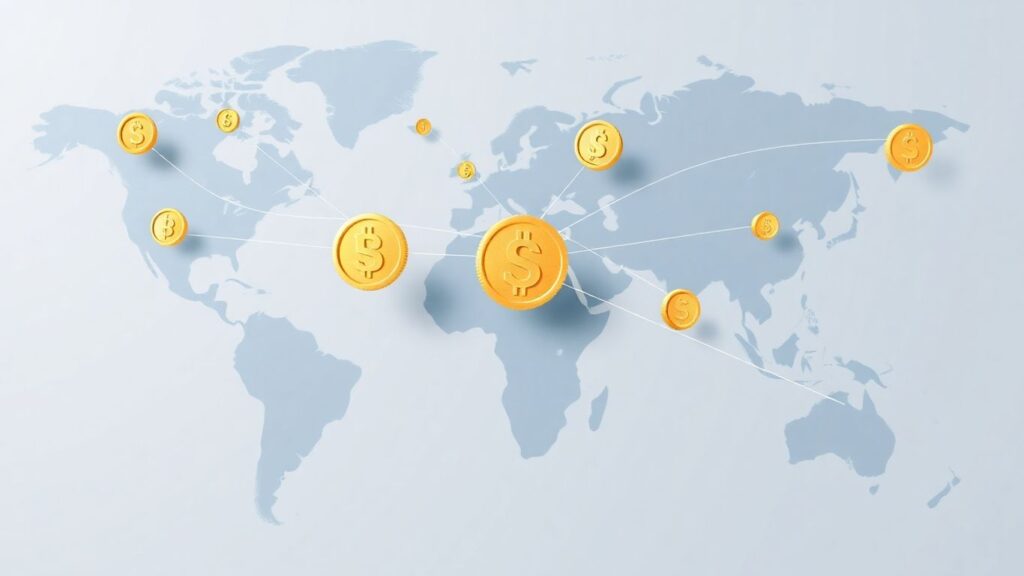The Federal Reserve and the power of the dollar
Understanding the Role of the Federal Reserve in the U.S. Economy
In the complex landscape of the United States economy, one institution plays a critical and often misunderstood role: the Federal Reserve, commonly known as the Fed. This central bank holds immense influence over monetary policy, banking regulations, and overall economic stability. Understanding the functions and impact of the Federal Reserve is crucial for anyone interested in finance, economics, or simply how our financial system operates.
What is the Federal Reserve?
The Federal Reserve System, established in 1913 through the Federal Reserve Act, is the central banking system of the United States. It was created in response to a series of financial panics to provide a more stable monetary and financial system. The Fed operates independently within the government, meaning it is not controlled by Congress or the President, but it is subject to oversight.
Key Functions of the Federal Reserve:
- Monetary Policy: One of the primary responsibilities of the Fed is to conduct monetary policy to achieve stable prices and maximum employment. It does this primarily through open market operations (buying and selling government securities), setting interest rates (such as the federal funds rate), and managing the money supply.
- Bank Regulation and Supervision: The Fed oversees and regulates banks to ensure they operate safely and soundly. This includes setting reserve requirements (the amount of cash banks must hold in reserve), conducting bank stress tests, and enforcing regulations to protect consumers.
- Financial System Stability: The Federal Reserve plays a crucial role in maintaining the stability of the financial system. It monitors financial markets for signs of instability and takes actions to prevent systemic risks that could threaten the economy.
- Clearing and Settlement Services: The Fed provides clearing and settlement services for payments between banks, ensuring the smooth functioning of the payment system. This includes services such as wire transfers and automated clearinghouse (ACH) transactions.
Structure of the Federal Reserve:
The Federal Reserve System is composed of several key components:
- Board of Governors: The Board of Governors is located in Washington, D.C. and consists of seven members appointed by the President and confirmed by the Senate. The Chair of the Board is considered one of the most influential economic policymakers globally.
- Federal Open Market Committee (FOMC): This committee is responsible for setting monetary policy, including decisions on interest rates and open market operations.
- Federal Reserve Banks: There are 12 regional Federal Reserve Banks located throughout the country. They carry out various functions, including providing banking services to depository institutions, supervising member banks, and helping implement monetary policy.
Documentary on the Federal Reserve
Criticisms and Debates:
Despite its importance, the Federal Reserve is not without controversy. Critics argue that its actions can sometimes distort markets or fail to prevent financial crises. Others debate the degree of independence the Fed should have from political influence.
Conclusion:
The Federal Reserve plays a vital role in shaping the U.S. economy and financial system. Its actions have far-reaching impacts on interest rates, inflation, employment, and overall economic growth. By understanding the functions and significance of the Fed, individuals can gain valuable insights into the workings of our complex economic system.








Responses